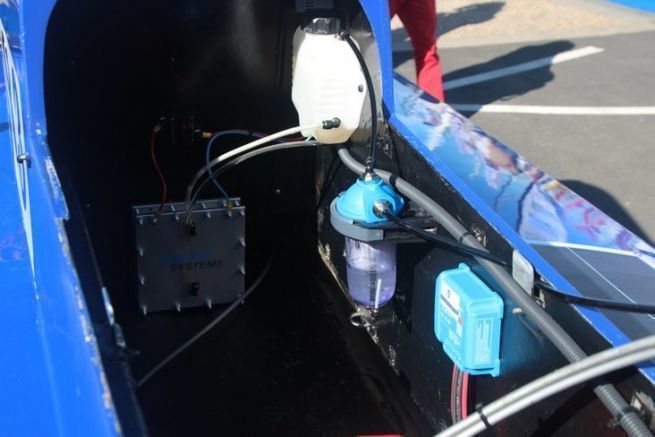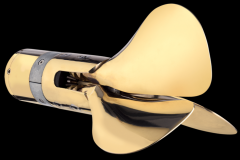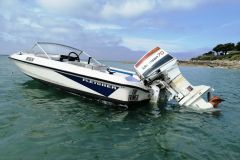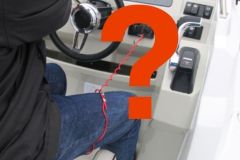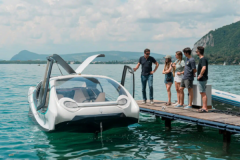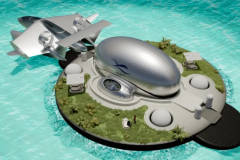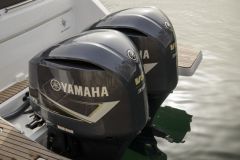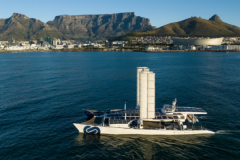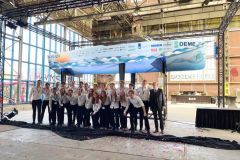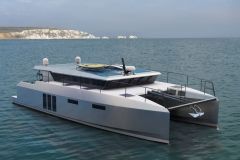Hydrox Systems is a solution developed in France to reduce the consumption of thermal engines. The principle is simple: with electricity, dihydrogen is produced which is then mixed with the air sucked in by the engine at the air filter.
This oxidizer (the mixture with air) then becomes more flammable and promotes combustion in the combustion chamber. Thus to obtain the same power, less fuel is consumed. CQFD.
The Hydrox works on gasoline engines (outboard or inboard) as well as on diesels. It doesn't require any major changes to the engine, as it only needs to be connected to the air filter. Moreover, if ever the Hydrox system does not produce any more dihydrogen (breakdown or electrical defects), the combustion engine continues to work as originally.
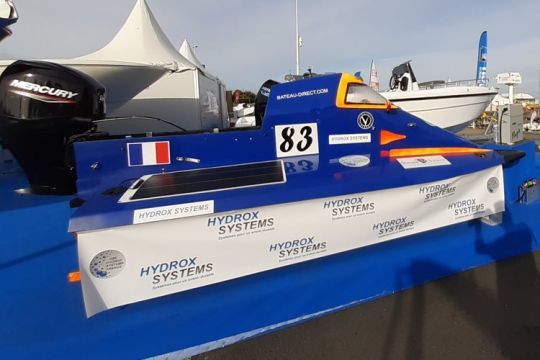
Electrolysis to produce dihydrogen
All the Hydrox technology is contained in its capacity to produce dihydrogen. This is produced by the electrolysis of water. Thus a molecule of water (H 2 O) is "broken" into 2 molecules of dihydrogen (2 H 2 ) and a molecule of oxygen (O 2 ).
In concrete terms, the device is equipped with a water tank (distilled water) that runs in a closed circuit. It is sufficient to check its level every 100 hours or so. The electrolysis is carried out in a generator that consumes electricity.
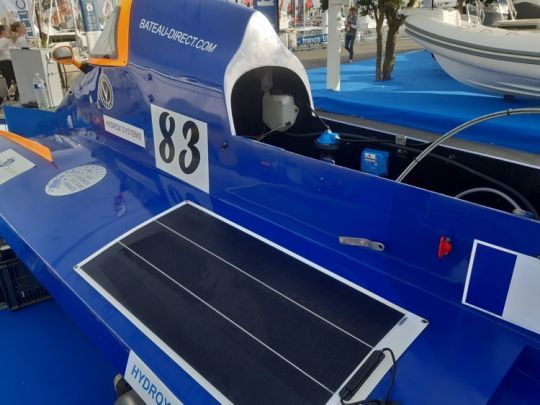
Two solar panels are enough
This electricity can be produced with the engine's alternator, but in this case, the fuel economy is less, because the alternator is a power consumer. On the demonstration boat we saw, the electrical energy came from two solar panels (2 x 100 W). It is indeed the strength of the Hydrox system not to be too greedy in electricity and to be able to be satisfied with little electricity.
Before being injected into the engine, the dihydrogen is only debulked (to remove the remains of water it contains).
Today, the system is complete and tests are being carried out on a full scale. It already works on many trawlers and even on road vehicles.
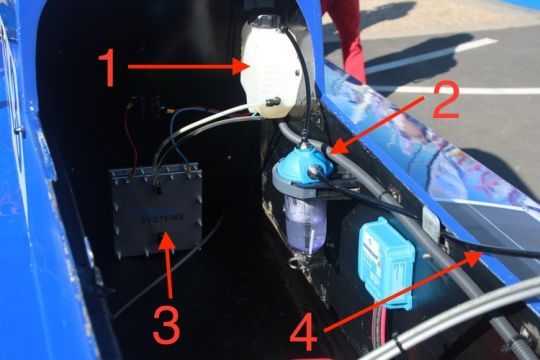
30% less consumption
As far as savings are concerned, Hydrox assures a reduction of at least 20% of the consumption. But in most cases, we find more often around 1/3 of economy, even more by using solar panels. In addition to that, the combustion being of better quality, the longevity of the engine is guaranteed and one can even space out the oil changes.
This 30% contribution of dihydrogen also produces 70% less CO2 in the exhaust, because the combustion is total. A good point for the ecology. As far as safety is concerned, the whole system is at low pressure (0.2 bar at the engine intake). So there is no need for a proven cylinder or very expensive sensors.
Today, the system is commercialized and it is necessary to foresee between 1200 and 1500 euros for an installation like the one we could discover on the outboard exposed (a 60 HP).
Hydrox Systems is not yet the ultimate solution to do without fossil fuel, but if the announced oil savings prove to be correct and the longevity of the engines is not questioned, this solution can be considered as a step until better economy and ecology are found.
